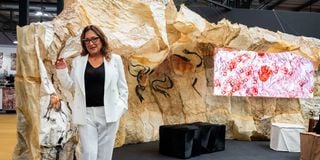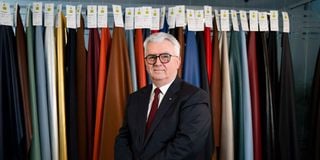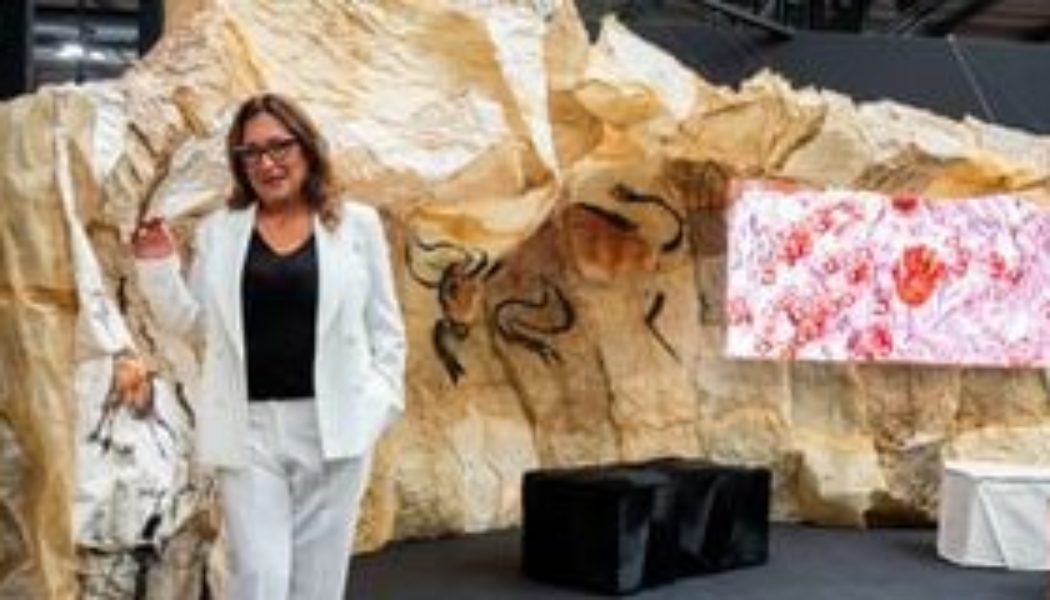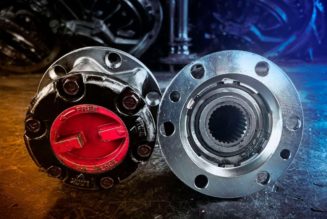In mid-September, the vibrant city of Milan became a melting pot of creativity as fashion enthusiasts, designers, and industry leaders gathered for the Milan Fashion Week.
Among the highlights of this prestigious event was the Lineapelle Fair, the world’s largest exhibition dedicated to leather and leather goods.
With over 1,000 exhibitors from 112 countries and more than 114,000 local Italian visitors alongside 10,000 international guests, Lineapelle served as a creative haven, bridging fashion, accessories, and lifestyle industries.
At the heart of this year’s fair were masterclasses conducted by Barbara Ricchi from the renowned brand Giorgio Linea.
Based in Florence, Giorgio Linea has been a key player in the production of high-quality leather fashion accessories for over four decades.
Ms Ricchi’s classes focused on customising leather accessories, offering insights into the artistry that underpins luxury fashion.
“Luxury means being special and unique,” Ms Ricchi said, emphasising the importance of artisanal craftsmanship over mass production.
Her firm collaborates with top brands like Celine and Burberry, guiding them through the intricate process of prototyping until the final product is ready for market.
Finest leather
Ms Ricchi said that the finest leather comes from lambskin, known for its softness, while calfskin offers durability post-chrome tanning—a quick chemical process.
However, she champions traditional vegetable tanning methods, which utilise natural tannins to transform hides into leather, enhancing sustainability.

Barbara Ricchi of the company Giorgio Linea at Lineapelle Fair in Milan conducting her Leather Master Classes.
Photo credit: Pool
“Since leather is a byproduct, using offcuts promotes environmental responsibility,” she said.
Despite the rich tradition of leather craftsmanship, the industry faces a pressing challenge: the dwindling number of skilled artisans. As younger generations gravitate toward other fields, the loss of expertise poses a risk to this age-old craft. Compounding this issue, many brands exploit labour by offering low wages, deterring potential artisans from pursuing careers in leather production.
Another challenge is the influx of mass-produced leather and fakes.
“The market is shrinking due to the influx of mass-produced leather from countries like China,” she said.
Brands often mislead consumers by labeling products as “Made in Italy,” even when they are manufactured elsewhere. Yet, there remains a clientele that values authentic craftsmanship, willing to invest in unique, artisanal pieces.
The sustainability narrative extended beyond Giorgio Linea at the Lineapelle Fair, with prominent participation from Dani, a leading sustainable leather company founded in 1950. Dani has been at the forefront of eco-friendly practices. They trace every raw hide back to its source, ensuring ethical practices in animal welfare.
Chairman Giancarlo Dani believes in a multifaceted approach to sustainability, encompassing both environmental and social aspects.
“Paying workers well and providing good working conditions are crucial,” he said.

Chairman of Sustainable Leather Company Dani, Mr Giancarlo Dani.
Photo credit: Pool
One of the growing markets for high-quality leather is the automotive industry. Dani’s business development manager, Nicolò Cinquetti, underscores the technical requirements of automobile leather—durability, comfort, and resistance to wear and tear are paramount. Dani uses AI to streamline production processes and enhance quality control, ensuring their leather meets the stringent standards of car manufacturers.
In a global market often overshadowed by mass production, the artisans and companies dedicated to preserving traditional techniques and ethical practices stand out as beacons of innovation and responsibility, inviting a new generation to appreciate the artistry behind every leather piece.
Take the example of the belt that singer Madonna wore during the 2012 Superbowl Halftime Show in Indianapolis, it was designed by Giorgio Linea, and they were only given 12 hours to produce it. “That is what luxury means a story and craftsmanship behind a product,” Ms Ricchi says.









